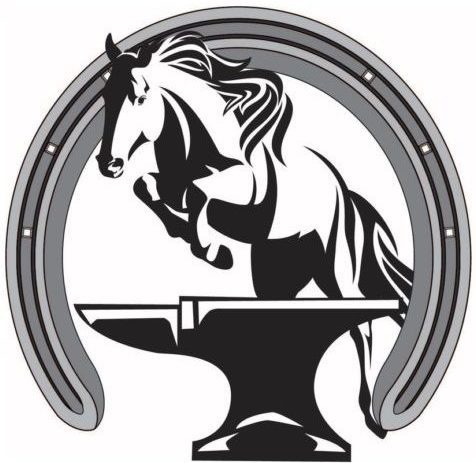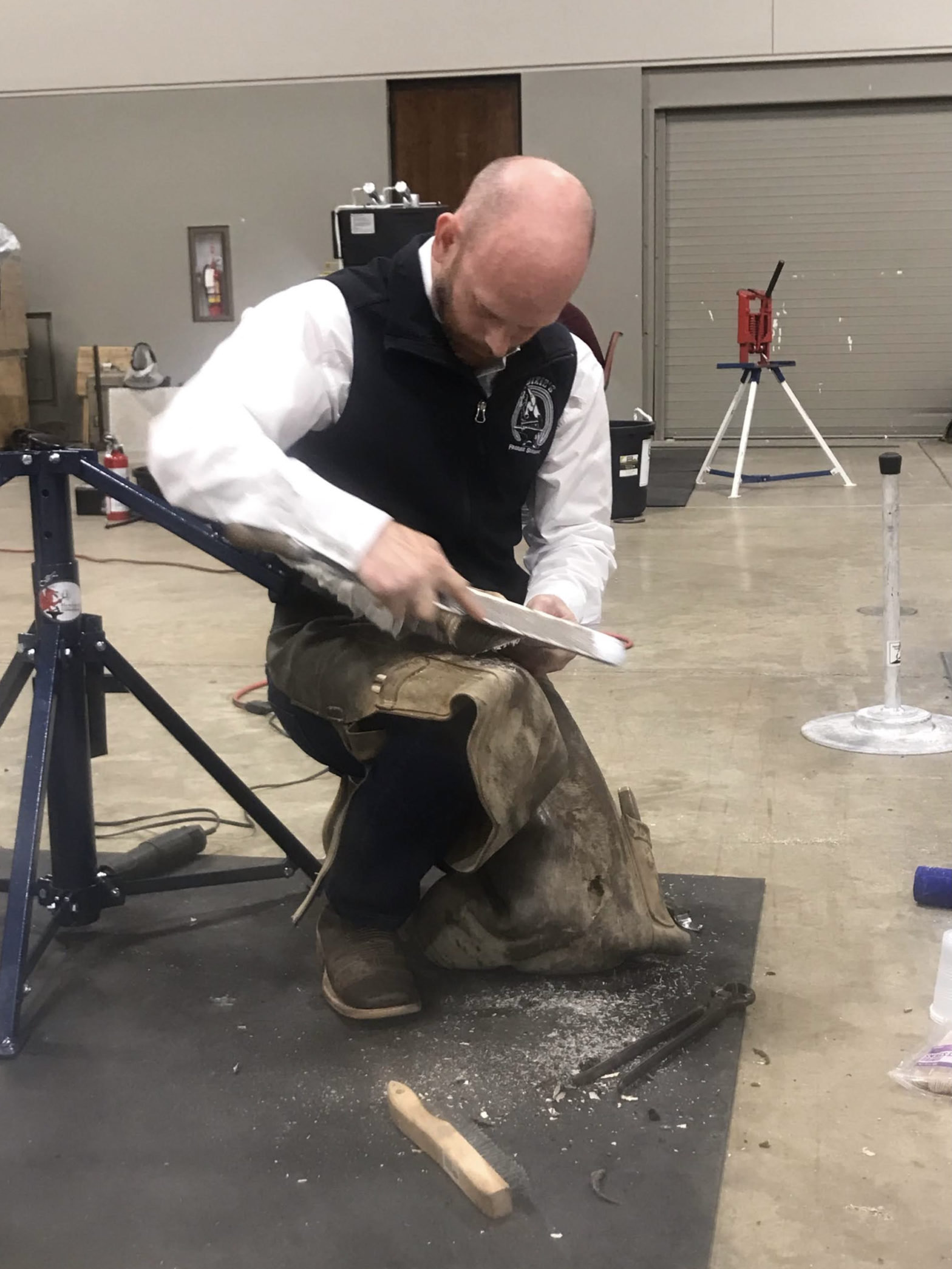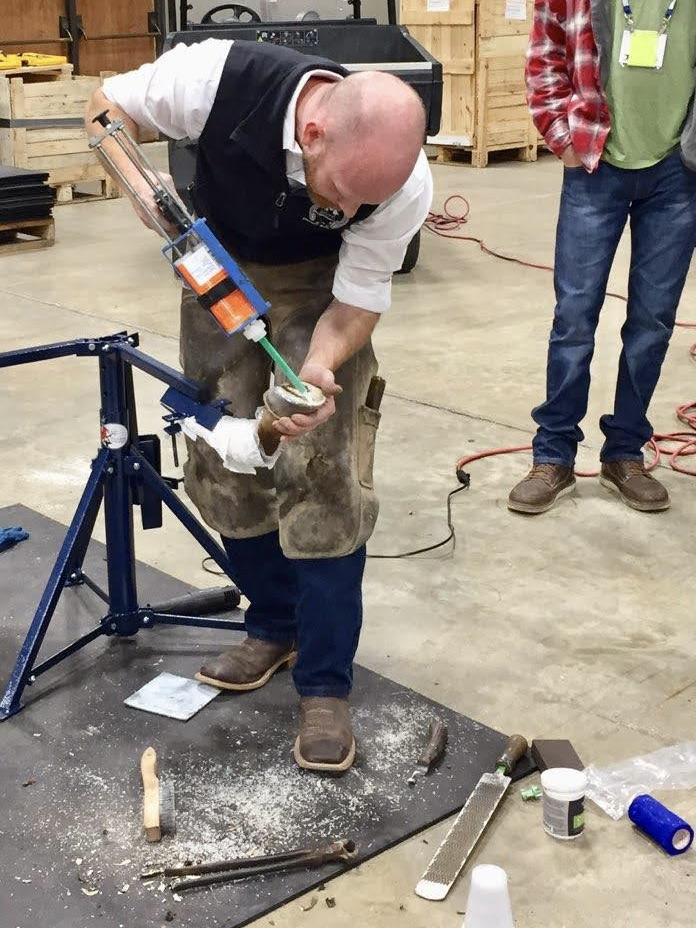“Why?” is my favorite question that is often asked at DFS and that is exactly the question the Therapeutic Endorsement (TE) seeks to make us answer. It is my belief that as a farrier if I can not explain the reason I am doing something, then I shouldn’t be doing it. As farriers we should be expected to understand the anatomy of the limb and most importantly the distal leg as well as the physics involved in how the foot relates to the ground. Just as I would encourage every farrier to pursue the basic certifications, I would highly encourage anyone that has already gotten the CJF to study for and take the TE.
This November I attempted and passed the Therapeutic Endorsement at the American Farriers Association (AFA) annual convention. The TE is one of three possible endorsements or add ons to the Journeyman (CJF). The CJF is physically a very difficult test but also very simple. The TE test is physically not difficult but far from simple. This test is all about the question “why”, in each of the five parts of the test, candidates must show they can not only complete a task but can explain the anatomy involved and why a particular treatment or shoe will work.
The test consists of five parts:
- Case presentations
- Oral case exam
- Written test
- Shoe display
- Modern materials exam
Case Presentations:
Each candidate presents two cases they have worked on and documented. Presentations must include the history of the equine, the diagnosis, an explanation of the pathology and pathogenesis, how the horse was treated and what the result was. The committee of testers are then able to ask the candidate any questions they want.
Oral Case Exam:
For the oral case exam, each candidate goes before the panel of testers and is presented with a case, the candidate must then decide what they would do in the presented scenario, defending their decisions and answering any questions from the panel.
Written Test:
The written test is an essay style test with a two hour time limit. It can cover any applicable anatomy and pathology. The information is taken from any of twelve books as well as recent scientific studies.
Shoe Display:
Each candidate brings ten therapeutic shoes they have made to be judged by the panel. While the shoe display is being examined, the candidate must also answer any questions about the shoes, how they are designed to function or pathologies they are associated with.
Modern Materials:
For the practical portion of the exam, the candidate is given a scenario to be remedied on cadaver limb. They must then choose how to solve the problem, typically by glueing on a shoe, patching a crack, performing a resection, or applying a foal extension. The candidate must also explain and defend why they chose the option they did and defend why they took the exact steps they did in completing the task.


